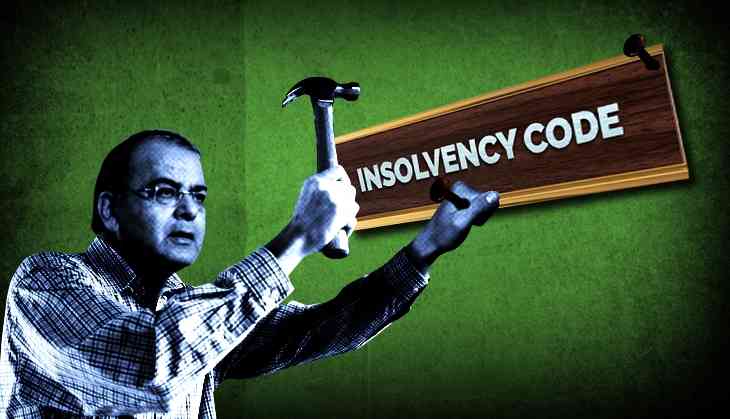Govt plugs the loophole in bankruptcy law. Why that's not enough

After facing flak for leaving loopholes in the bankruptcy law that allowed defaulting companies to bid for their own assets during the insolvency process, the government has finally shut all such doors.
The amendment approved in the Insolvency and Bankruptcy Code (IBC) on Wednesday ensures that only a new set of management would be able to take control of the assets put under the hammer.
In the amendment, the insertion of Section 29A does the most important job by making “certain persons ineligible to be a resolution applicant”. In this category, wilful defaulters, those who have their accounts classified as non-performing assets for one year or more and connected persons to the above category, would not be able to bid for any assets under IBC resolution.
The amendment became important after the promoters of the Essar Group, who lost control of their assets in Essar Steel after failing to service their loans worth Rs 37,284 crore submitted bids to purchase their own assets from the lenders.
While the Essar group had all the rights to do so as per the law of the land, it made life difficult for the Modi government which is trying to create a narrative that they are forcing corporate world to be accountable towards borrowed money.
The IBC, which became operational in December 2016 under which National Company Law Tribunal, tries to help a company to put its finances in shape or face liquidation. Currently over 300 cases are being monitored under the IBC.
Had the government not fixed this loophole, none of the corporate houses would have felt the need to repay their loans and would have preferred losing their assets only to be able to bid for them under the IBC resolution plan.
This would have almost doubled the amount of non-performing assets in the banking sector which now stand at more than Rs 8 lakh crore.
What now?
While the government has managed to block the defaulters from bidding for their assets, it is yet to find a way for to attract buyers for the large assets under auction.
The first batch of 12 large defaulters was referred to their lenders by the Reserve Bank of India in June 2017 under the IBC for insolvency proceedings.
While there are many suitors in the market for these assets, but none of them are willing to pay the price that banks want for parting with them.
According to sources, most of the suitors for these assets are looking at a discount of more than 50%. Since the banks are under pressure to resolve their NPAs, they are not in a position to wait for long. At the same time, taking a big cut on the value of assets they have acquired from defaulting companies will reduce their capital base. Even though the government has promised capital infusion in the public sector banks to the tune of Rs 2.11 lakh crore, very few banks are sure of the amount that will come in their kitty.
This makes finding the the resolution for the stressed assets not only difficult but also tricky.
Apart from this, there have also been reports of friction between the lenders, promoters and the resolution officers during the time of valuation of assets. Unless these issues get resolved, it would be difficult to see a successful resolution to the big stressed assets waiting for a new management to take over.
First published: 23 November 2017, 19:39 IST
